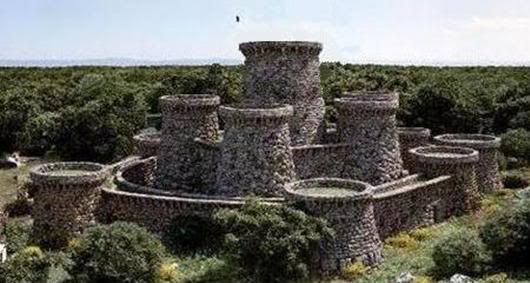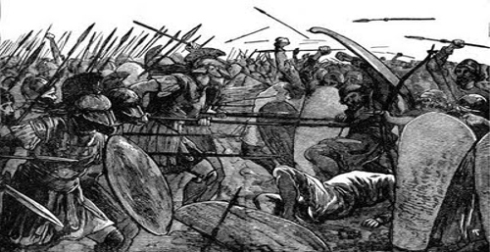++++++++++++++++++++++++++++++++++++
ITALY CENTERED
(Corsica, Sardinia, Italian penninsula, Sicily & Malta)
++++++++++++++++++++++++++++++++++++

| LORDS OF THE EARTH 38 - THE DAWN OF CIVILIZATION | |
| Newsfax Turn: #3 ( 2120 - 2116 BC ) | |
| July 25, 2015 |
|
Leaving a garrison behind, the Greeks invaded Illyria itself. The Illyrians defenders were only slightly less numerous than the invaders and had field forts built at stragetic passes, while the feared Achaean heavy infantry, armed with long spears, was at a disadvantage in the rugged wilderness terrain. Despite Artemon's inspired leadership his army was thrown back, taking more than double the losses of the Illyrians. Furious at the check but realizing the majority of his army was walking wounded, he had sense to retreat back to Dalmatia so his forces could lick their wounds and plan their next move. |
 |